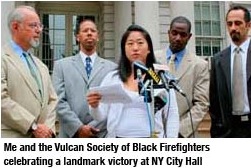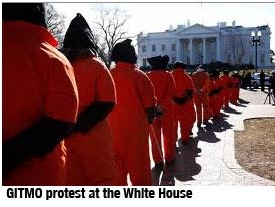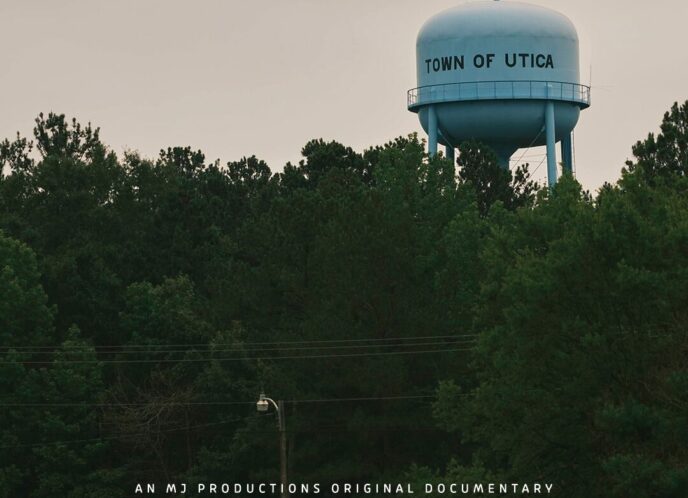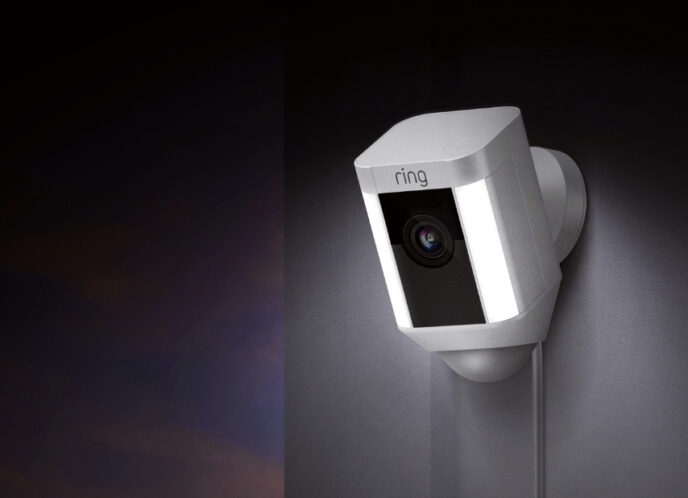We love press conferences. They make us feel good because we expect them to be highly visible events that give a time and place to all the hard work of organizing in our communities. We use them to announce victories, demand to be heard, to jump off exciting events or campaigns, to respond to tragedy and violence.
 We are all too familiar, however, with the low rate of return on press conferences. From securing space; lining up and prepping spokespeople; sending out a media advisory; pitching to reporters; rallying members to show up; taking time off from work to attend; ensuring powerful visuals; creating press kits; conducting follow up calls; monitoring media coverage after the event—and all the other components of pulling a press conference off—we know the process is time consuming and labor intensive. After all that work, maybe there will be one or two mentions in a newspaper or blog, maybe none at all, particularly if you haven’t been able to develop relationships to the journalists or outlets that are key to your issue.
We are all too familiar, however, with the low rate of return on press conferences. From securing space; lining up and prepping spokespeople; sending out a media advisory; pitching to reporters; rallying members to show up; taking time off from work to attend; ensuring powerful visuals; creating press kits; conducting follow up calls; monitoring media coverage after the event—and all the other components of pulling a press conference off—we know the process is time consuming and labor intensive. After all that work, maybe there will be one or two mentions in a newspaper or blog, maybe none at all, particularly if you haven’t been able to develop relationships to the journalists or outlets that are key to your issue.
The primary function of press conferences is to provide compelling visuals to the media, whether it be hundreds of people  wearing bright orange jumpsuits to protest Guantanamo in front of the White House or 200 community members standing behind the mother of a young person brutally murdered by the police. A diverse group of effective spokespeople can help bring the media to your press conference- be it a local politician, a leader in the faith community, and/or a directly affected person. In short, you should hold a press conference only if you can make a strong connection between your work and breaking news, provide compelling visuals, and if you can bring out influential allies to speak in support of your goal.
wearing bright orange jumpsuits to protest Guantanamo in front of the White House or 200 community members standing behind the mother of a young person brutally murdered by the police. A diverse group of effective spokespeople can help bring the media to your press conference- be it a local politician, a leader in the faith community, and/or a directly affected person. In short, you should hold a press conference only if you can make a strong connection between your work and breaking news, provide compelling visuals, and if you can bring out influential allies to speak in support of your goal.
We forget there are—or maybe we aren’t sure how to utilize them—a whole arsenal of communications strategies, also called tactics, at our disposal, many of which are much more effective in conserving our time and energy and are more appropriate for our organizing or communications goals.
Communications tactics are specific activities or methods that lead to a larger goal, and they should be appropriate for what you are trying to achieve. Communications tactics can also be participatory and can engage collective decision-making and support collective action, all while building the communications skills, capacity, and leadership of your members and staff.
The strategies you choose—and how successful they are at achieving your goals—depend on your capacity to develop, implement, and follow through. Here is a short list of what I think are the most useful communications tactics, but you can find a full list of strategies (along with other great resources on effective media strategy) in the Center for Media Justice Toolbox:
Letters to the Editor: LTEs are 50-word letters stating an opinion on a particular article that appeared in a newspaper the day before.
Media Advisory: Media advisories list the “who, what, when, and where” of your press conference, rally, or other event that has compelling visuals or spokespeople that will draw media attendance.
Media Availability: An excellent way to piggyback off the news, a media availability goes out to your press list to let the media know that an expert opinion is available for interviews on current events. For example, if there is a case of police brutality in the news, you can send a media availability offering interview with a spokesperson from your community who has experienced police brutality. You can tie your story to the news this way, without expending too many resources.
Op-Eds: Op-eds are 650-word opinion essays written by an “expert” or someone directly affected by the issue. Op-eds appear “opposite the editorial page” in newspapers, and are very influential with policymakers.
Press Release: A press release is essentially a simulated news article. It should convey NEW news. Press releases should be no more than one to two pages framing your story, including your messages in quotations, to hook reporters into covering your news. Press releases can be distributed immediately when breaking news occurs or on the day of or during your event. You can also send embargoed press releases to journalists you trust in the hopes that they will amplify your story in a timely fashion.
Press Statement: A press statement is typically used to respond to breaking news. It can be attributed to your organization or to a spokesperson. For example, if you’re working on education justice and a big story breaks in the news about education, write up your own statement with your messages hooked to this news, and email and fax it to your press list.
Telebriefing/Teleconference: Like a press conference, but with national reach as it’s done over electronic technology. This tactic is appropriate if your spokespeople are spread out across a large area, or you are working with bloggers or journalists across the country.



